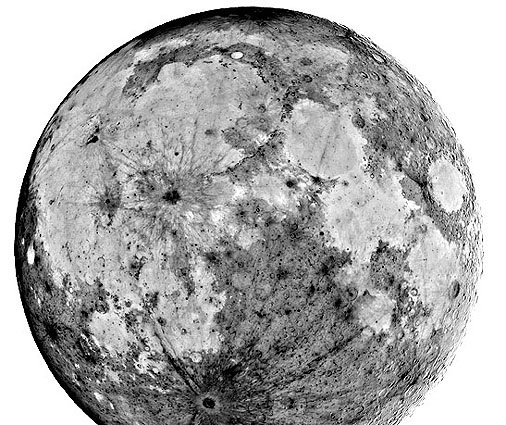Difference between revisions of "May 28, 2004"
| (7 intermediate revisions by the same user not shown) | |||
| Line 1: | Line 1: | ||
__NOTOC__ | __NOTOC__ | ||
=Whence the Bessel Ray?= | =Whence the Bessel Ray?= | ||
| + | <!-- Start of content --> | ||
<p align="center"> | <p align="center"> | ||
<table width="640" border="0" align="center" cellpadding="6" cellspacing="2"> | <table width="640" border="0" align="center" cellpadding="6" cellspacing="2"> | ||
| Line 9: | Line 10: | ||
<tr> | <tr> | ||
<td colspan="2"><div align="center"> | <td colspan="2"><div align="center"> | ||
| − | [[File:LPOD-2004-05-28.jpeg|LPOD-2004-05-28.jpeg]] | + | [[File:LPOD-2004-05-28.jpeg|LPOD-2004-05-28.jpeg]] |
</div></td> | </div></td> | ||
</tr> | </tr> | ||
| Line 25: | Line 26: | ||
Celestron C8 SCT with a SBIG ST-7E ccd camera and an Orion Moon Filter; 18 frames at 110 ms each mosaicked into this image. This is reversed in tone to make a negative which enhances ray visibility.</p> | Celestron C8 SCT with a SBIG ST-7E ccd camera and an Orion Moon Filter; 18 frames at 110 ms each mosaicked into this image. This is reversed in tone to make a negative which enhances ray visibility.</p> | ||
<p class="story"><b>Related Links:</b><br> | <p class="story"><b>Related Links:</b><br> | ||
| − | [ | + | [[February_16,_2004|The Image that Launched LPOD]]</p> |
| − | <p | + | <p><b>Yesterday's LPOD:</b> [[May 27, 2004|The Jura and a Missing Rim]] </p> |
| + | <p><b>Tomorrow's LPOD:</b> [[May 29, 2004|Moonsliver over Lyman Hill]] </p> | ||
</tr> | </tr> | ||
</table> | </table> | ||
| Line 32: | Line 34: | ||
<p align="center" class="main_titles"><b>Author & Editor:</b><br> | <p align="center" class="main_titles"><b>Author & Editor:</b><br> | ||
[mailto:tychocrater@yahoo.com Charles A. Wood]</p> | [mailto:tychocrater@yahoo.com Charles A. Wood]</p> | ||
| − | < | + | <!-- Cleanup of credits --> |
| − | + | <!-- Cleanup of credits --> | |
| − | < | + | <!-- Cleanup of credits --> |
| − | + | <!-- Cleanup of credits --> | |
| − | < | + | <!-- Cleanup of credits --> |
| − | + | <!-- Cleanup of credits --> | |
| + | <!-- Cleanup of credits --> | ||
<p> </p> | <p> </p> | ||
| − | ---- | + | <!-- End of content --> |
| − | + | {{wiki/ArticleFooter}} | |
| − | |||
Latest revision as of 18:18, 7 February 2015
Whence the Bessel Ray?
Image Credit: Frank Barrett |
Whence the Bessel Ray? "The crowns of rays spread out over the face of the full moon, and seem to mock at all explanation." I like this quote from the early 20th century German observer, Phillip Fauth because there is still some truth to it. Today, we do know that rays are ballistically emplaced lines of ejecta from impact craters. But rays still have many mysteries, including sometimes what their source crater is. One of the most famous rays of uncertain parentage is the 200+ km one that passes next to Bessel in the middle of Mare Serenitatis. It is widely accepted that the Bessel ray is from Tycho, and spectral studies demonstrate that the white ray material contains light-hued highlands rocks - its not just pulverized mare material. But most of Tycho's rays extend only about 1500 km, yet the center of the Bessel ray is 2000 km from Tycho. Additionally, I can't see any ray segments between 1500 and 2000 km. If not Tycho, what is the ray's origin? It could be Menelaus which is about 170 km from the center of the ray, and may also have ejected highlands material. But that crater seems to have been an oblique impact, and its not certain any ray material went towards Bessel. Perhaps the reason the Tycho theory survives is there are few good alternatives! Technical Details: Related Links: Yesterday's LPOD: The Jura and a Missing Rim Tomorrow's LPOD: Moonsliver over Lyman Hill |
Author & Editor:
Charles A. Wood
COMMENTS?
Register, Log in, and join in the comments.




